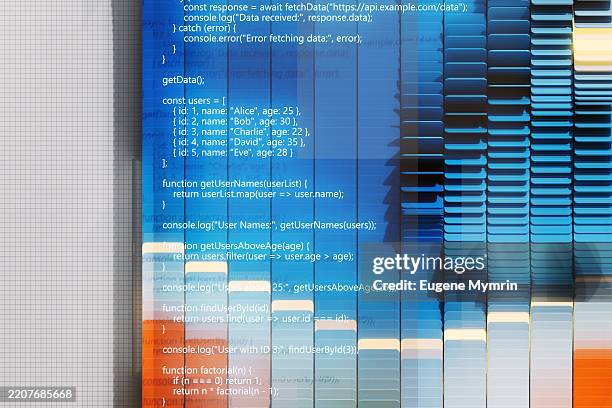Next-Gen React State Management with Zustand and TanStack Query
React state management has evolved significantly. While Context API offers a basic solution, complex applications often benefit from more robust libraries. This blog post explores a powerful combination: Zustand for local state and TanStack Query for fetching, caching, and updating asynchronous data. This pairing offers a streamlined, performant, and easy-to-understand approach, significantly simplifying state management in your React applications.
Concept: Zustand and TanStack Query Synergy
Zustand is a small, fast, and scalable state management solution. Its simplicity makes it ideal for managing local application state. TanStack Query, on the other hand, excels at fetching, caching, and updating data from APIs. By combining them, we leverage Zustand's ease of use for managing UI state alongside TanStack Query's robust data fetching capabilities. This separation of concerns results in cleaner, more maintainable code. Zustand handles the UI's immediate needs, while TanStack Query manages the asynchronous data flow, keeping the components focused on presentation.

Code Example: Fetching and Displaying Data
Let's build a simple example fetching a list of posts from an API. We'll use TanStack Query to handle the API call and Zustand to manage UI state like loading indicators and error messages.

Tips and Best Practices
• **Keep Zustand stores small and focused:** Avoid creating massive stores. Break down state into smaller, manageable units. • **Utilize TanStack Query's caching:** Leverage its built-in caching mechanisms to improve performance and reduce API calls. • **Handle errors gracefully:** Implement proper error handling in both Zustand and TanStack Query to provide a smooth user experience. • **Use React Query Devtools:** These browser extensions provide invaluable insights into your queries and cache.

Conclusion
Zustand and TanStack Query offer a powerful combination for modern React state management. Their combined strengths – simplicity, performance, and robust data handling – make them an excellent choice for building scalable and maintainable applications. By separating concerns and leveraging the strengths of each library, you can create cleaner, more efficient code.
Comments
Post a Comment